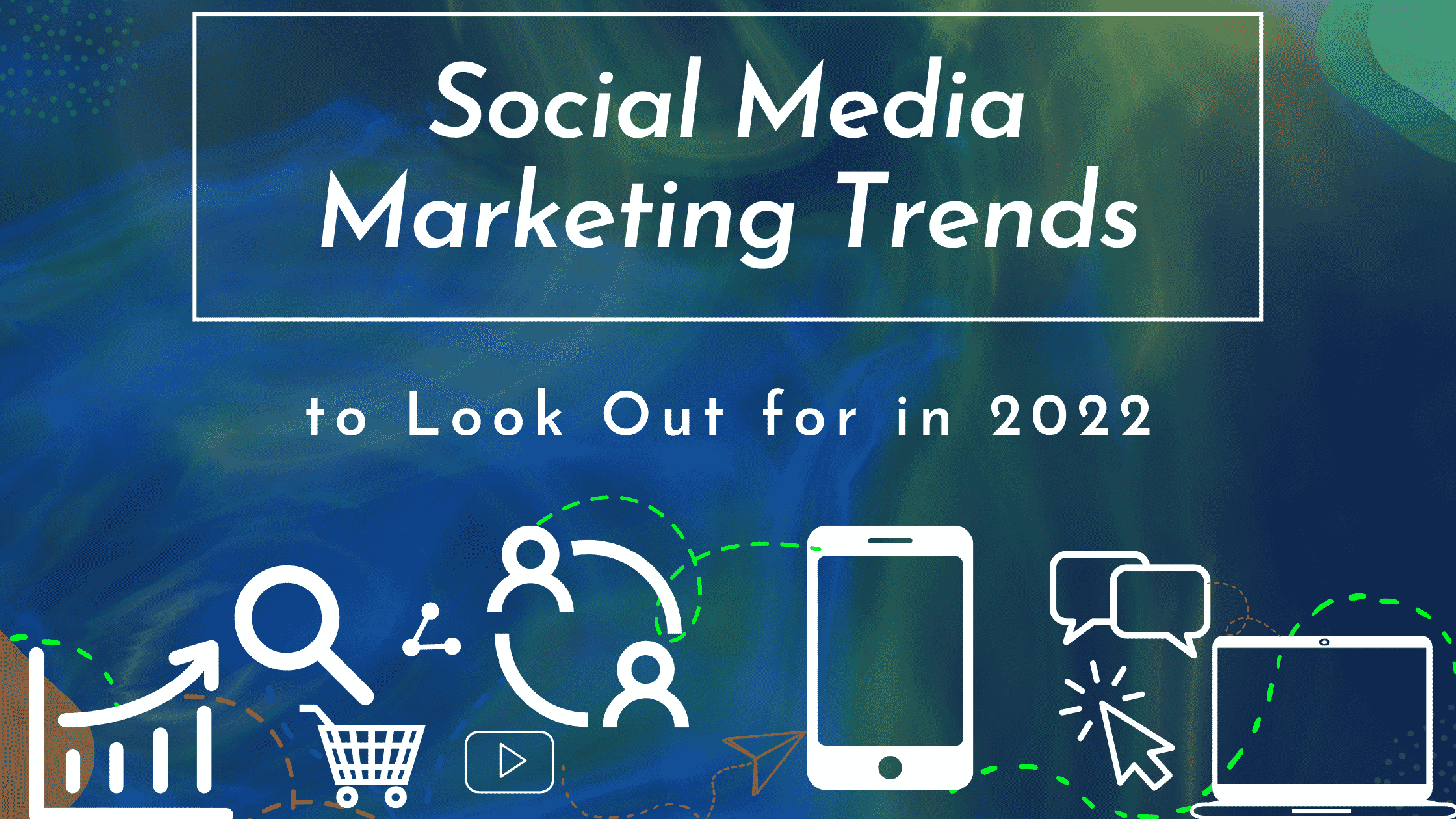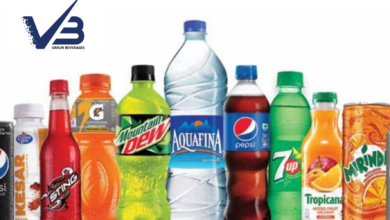Marketing in 2022: 3 new disruptive trends

Marketing in 2022: 3 new disruptive trends
When 2021 arrived, the world breathed a collective sigh of relief. As we welcomed the coming of the year when things finally returned to normal, we congratulated ourselves on making it through the year 2020. The end of the year has made it clear that “normal” is no more.
Growth in marketing have to deal with this every day. Today’s strategies may not work tomorrow, and yesterday’s may not work today. The three growth trends we witnessed in 2021 will shape marketing in 2022, so let’s look at them.
Growth hacking returns with fewer data and more privacy marketing.
The iOS 14.5 update, released in April 2021, made it so apps could track your online activity and serve personalized ads only with your consent. As expected, most users opted out without a second thought. In an instant, the user-level data that is critically important to adequate marketing attribution and audience targeting was restricted.
Apple made this change to protect consumer privacy by creating a “safe and trusted marketplace for discovering apps.” Facebook and Snap lost a lot of power with this change, as they now only receive aggregated data, which is often restricted to the past 24 hours.
![The Marketing Trends of 2022 [The Ultimate Guide]](https://www.hubspot.com/hubfs/short%20form%20video%20marketing%20trends%20fast%20facts.jpg)
Apple, for example, can track performance within its closed ecosystem. The three biggest ad-serving companies, Facebook, YouTube, Snap and Twitter, lost nearly $10 billion, while Apple’s advertising business (search ads) tripled.
The change severely restricts advertising algorithms and the amount of data that can be used to optimize campaigns. Today, these restrictions only apply to mobile activity, but Apple has also announced that email could now be encrypted to conceal your IP address. Similarly, Google will restrict advertisers’ access to device-level IDs shortly.
Advertising on influencer platforms has been a great success for many brands. Marketers are urged: “Don’t make ads; make TikToks.”
Forecasts for 2022

Because marketers will no longer know their users or have access to robust attribution solutions, they will have to do it themselves. The best marketers take a holistic approach to marketing measurement, examining sales and marketing spend, using regression analysis to draw correlations between the two, and then assigning weightings to each marketing channel.
As well as incrementality tests, brands should also experiment with turn-on and turn-off periods for channels or select hold-out cities without advertising (selecting control cities that spend no money on ads). Growth marketers will have to collaborate more with their internal data science teams to construct bespoke attribution models since one-size-fits-all will not work.
The role of Instagram influencers and TikTok
TikTok surpassed 1 billion monthly active users in September, continuing its meteoric rise. In the United States, influencer platforms like TikTok and YouTube are gaining a share of user screen time (*24 hours/month for TikTok and *22 hours/month for YouTube).
Content creators worldwide use these platforms to sell everything from dog sweaters to fitness equipment. Kat Norton, also known as “Miss Excel” on TikTok and Instagram, makes up to six figures selling Microsoft Excel training courses a day.
Increasing advertising budgets have been allocated for channels dominated by influencers, such as Twitch and TikTok, where consumers go. TikTok ads reached almost double as many people as last year, rising to 37% from 19%.
Influencer marketing creates a captive audience that marketers can trust. In Portage Venture’s portfolio, we see ads created by influencers yielding significantly better results and ROI than traditional advertisements on the same platforms. In addition, having influencers handle the creative for their ads rather than relying on a brand’s creative department cuts turnaround time and costs.
2022 predictions
Advertising will be shaped by native content that blurs paid and editorial content. Influencer-based advertising has proven successful for many brands in recent years. Experts recommend that marketers make TikToks instead of ads.
In supermarkets, people were stunted by buying their groceries with the Cash App using famous TikTok pranksters, The Boyos Brothers, sleeping at Walmart overnight through TikTok crowdsourcing. Over 21 million views have been recorded (and counting).

If native creative is embraced, the once desired consistency of branding will be splintered across all marketing touchpoints. TikTok users interact with companies differently from TV viewers, and that’s okay!
Micro-influencers continue to be a top choice for smaller brands seeking low-cost marketing channels, where CPMs are lower, and the playbook is less well established. More prominent brands are negotiating multi-year deals with top influencers and exclusivity deals in specific categories. As more influencers become famous, revenue-sharing models and co-branded products will gain popularity.
Talent growth and the Gettysburg Resignation
The number of Americans quitting their jobs reached a record 3% in September. It must be acknowledged that some of the exoduses are due to the pandemic backlog. Still, a large part of it is due to the expanding opportunities for top talent. Companies can recruit employees from across the globe thanks to remote work.
Likewise, venture capital investment hit an all-time high of $580 billion in 2021, an increase of half from the previous year. Due to VC investment, funding rounds have grown, and marketing budgets have increased, creating a bidding war for customers.
Companies are vying for a limited pool of growth marketers to manage DTC budgets. Leadership with 10+ years of experience and the ability to drive top channel performance (Facebook, Google, TikTok) is the most sought-after skill.
What to expect in 2022
The difficulty of finding growth talent. Top talent will increasingly opt for fractional roles, create their advisory side hustles or abandon their full-time jobs to support multiple businesses at once. As well as VC firms, private equity firms hire growth talent to help their portfolio companies internally.
It will be imperative for companies to develop better ways to grow and retain talent if they want to counter this trend. Recruit growth talent from cross-functional teams with a quantitative edge, such as finance or data science, and follow sales organisations’ footsteps by establishing performance-based compensation for growth marketers.
New year’s resolutions and predictions are abundant at the start of every year. Unfortunately, many of them won’t come true. The past year has demonstrated that the predictable past is not returning. Those organisations that look ahead to 2022 with agility and are willing to combine historical data with experimentation to chart a new course will be rewarded.




